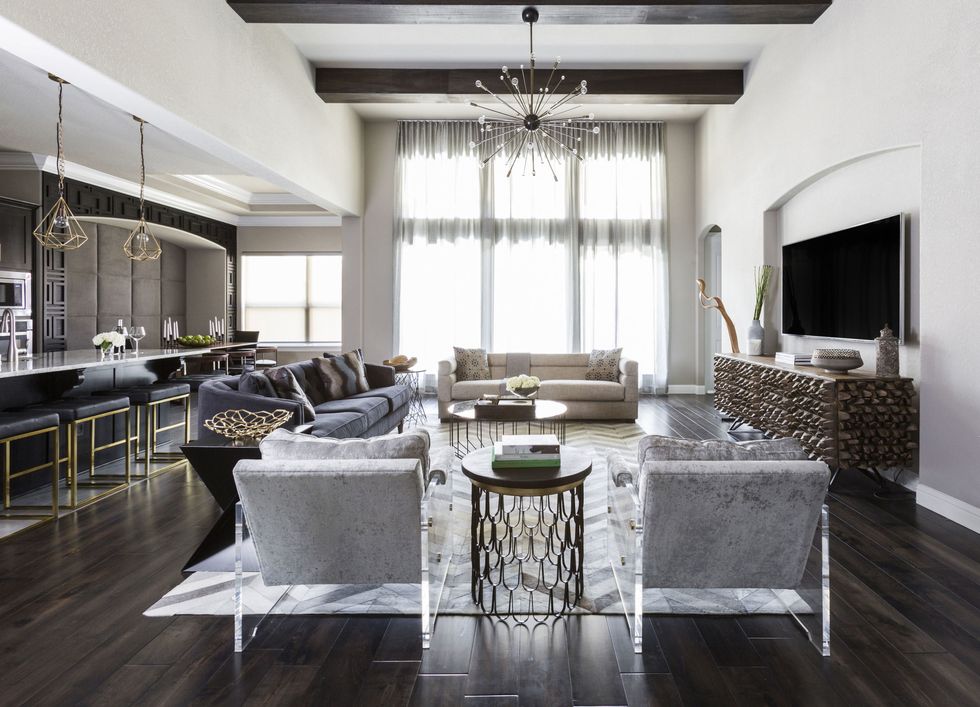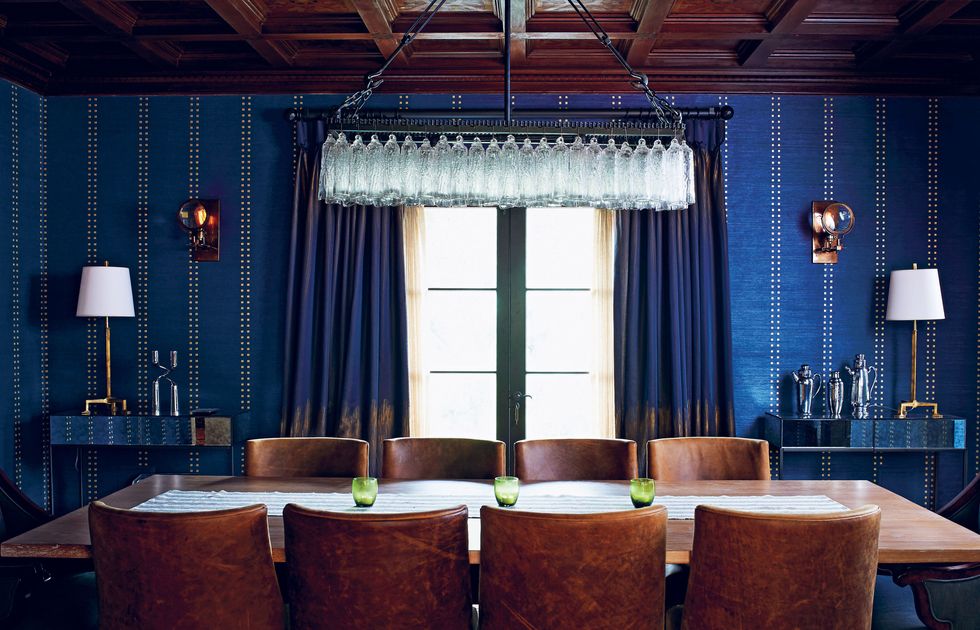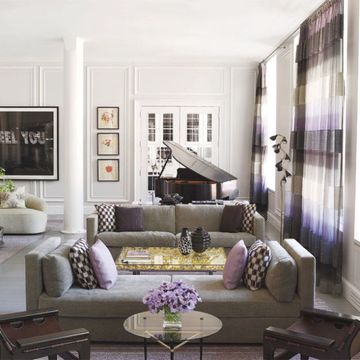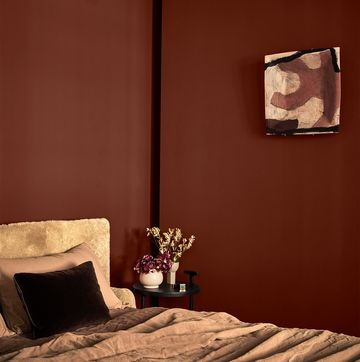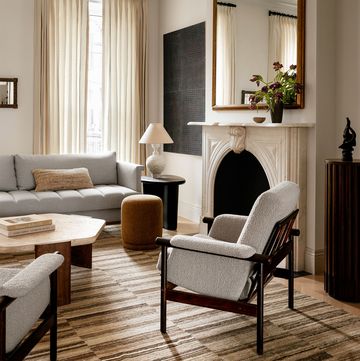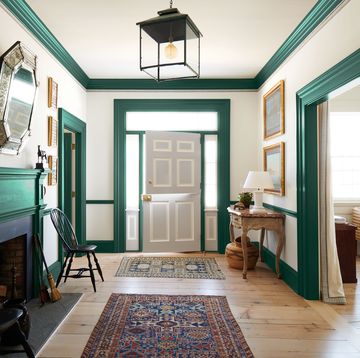As any decorator will tell you, curtains make a room — but only when chosen correctly. When it comes to window treatments, it's a matter of color and fabric, length and lining, and custom-made versus off-the-shelf. With so many decisions, it's easy to feel overwhelmed, so we asked a few pros for advice on narrowing down the options and selecting the right curtains for your home.
Color and Fabric
Fabric is an essential part of choosing curtains, since the material will dictate how well your curtains function and hold up over time.
"If they're too heavy, they may not fold crisply when drawn; too light and they may not fall well," says designer Suysel DePedro Cunningham of Tilton Fenwick.
Lana Lawrence, who is vice president of Anthony Lawrence-Belfair curtain fabricators and who works with designers like Alexa Hampton and Katie Ridder, suggests holding fabrics up to a window, even in a fabric showroom. "Pleat it like an accordion at the top and let it drape," she says. "If it starts to flare like a piece of crinoline, then it's not going to fall nicely on the window."
Work with a big sample, at least 2 yards, since a smaller piece may not show the fabric's true drape.
Also, remember sunlight will fade fabrics over time. If the room in question gets a lot of light, it's smart to avoid bright colors, since they tend to fade faster.
"Still, if you like to change out your rooms often, you can be less concerned with fading," says Alice Guercio, vice president of product development at Kravet. Cunningham suggests going with neutral colors, since they're less likely to fade than other colors and more likely to blend into a room's decor.
When it comes to material, linen, silk, faux silk and velvet are the best choices to use for window treatments since they tend to hang the best, says Guercio. "Faux silk tends to be the most durable," she says. And in a particularly sunny room, faux silk doesn't deteriorate as quickly as real silk.
Some fabrics can help keep out the cold. Many hotels use suede, velvet, tapestry or tweed since their weight helps block light and keep heat in. Still, nearly any fabric can be interlined with bump, a thick, insulating felt material. And interlining — a piece of fabric slipped between the lining and the face fabric — can also help prolong the life of the curtains.
"If silk is unlined, it will rot," says Lawrence. Adds Cunningham: "Lining and interlining are what give curtains their body and fullness."
Length and Lining
Before you take out the tape measure, decide how high above the window you'd like the curtains to begin. "Hanging panels higher than the window will give a sense of height to the room," says Cunningham. Designers often hang curtains about six inches above the window frame, but for a dramatic look, some go higher.
Measure from the top of the window (plus the added inches of height where the curtains will hang from) to the floor. For a more traditional look, with the curtain slightly puddled on the floor, you'll want to add another two or three inches to your length. For a modern, crisp look, have the panel fall flush with the floor.
When measuring the width of your window, be sure to add four to eight inches on both sides and double the total number to ensure curtain fullness. "Then you won't block a lot of window glass when the curtains are open, and they won't get in the way," says Lawrence.
If you plan to use the curtains to shut out the sun, those extra inches around the perimeter of your window frame will also help block out any creeping light.
Off-the-Shelf and Custom Window Treatments
Custom window treatments offer many benefits: You can customize the dimensions to your window size and create a tailored look, like a perfectly-fitted suit. Custom panels come in endless design options, from material to header style. With these options, though, comes a considerable price difference from off-the-shelf curtain panels.
If custom curtains just aren't in your budget, Cunningham suggests spending a little more money on high-quality retail window treatments. She and her partner, Anne Maxwell Foster, like Restoration Hardware's Belgian Heavyweight Textured Linen Curtains.
Washer Machine Friendly vs. Dry Clean Only
Determine whether you're going to buy dry-clean only or washer machine friendly curtains — it will save you time and money in the long run. Keep in mind that you can ruin high-quality curtains by trying to wash them yourself, according to Consumer Reports.
In-Home vs. Online Consultations
Get your curtains right with a home consultation. Some companies, like Macy's, will send a consultant to your home to help you decide on colors, textures and finishes that blend perfectly with your design — saving you a few trips to the store.
If you prefer working online, snag suggestions from designers with online interior design services such as Laurel and Wolf, which will pair you with professional designers to help you pick out the perfect curtains for your space. After, you'll be given a shopping list and the items you choose will be delivered straight to your door.

